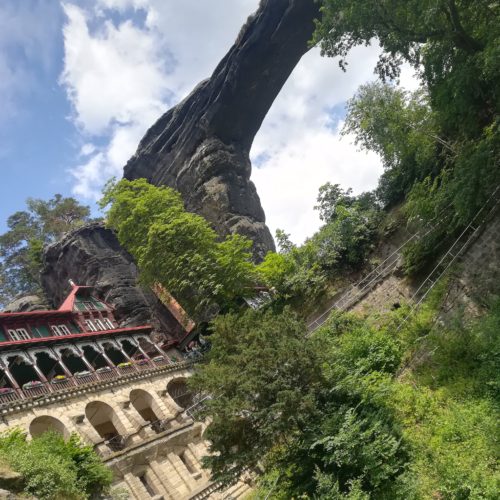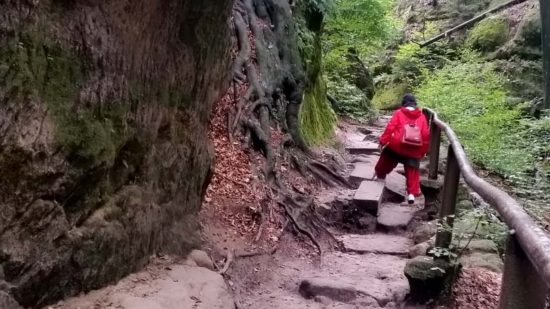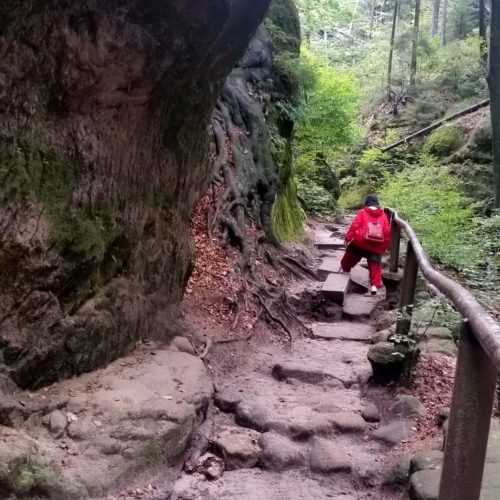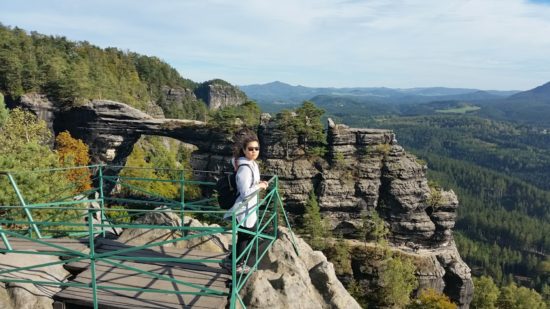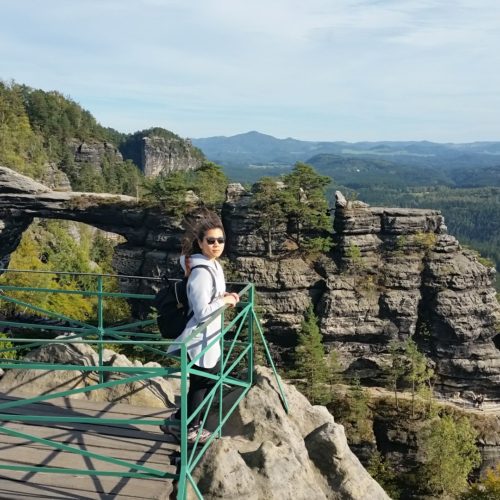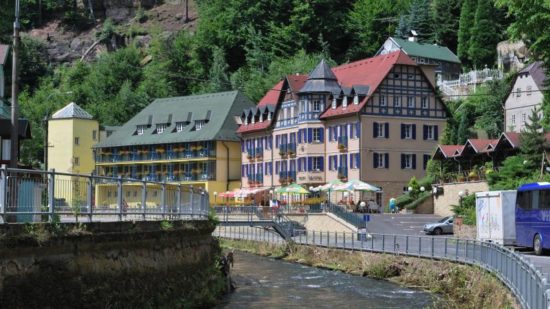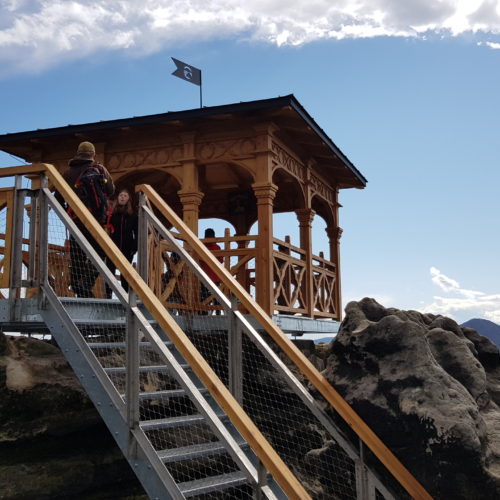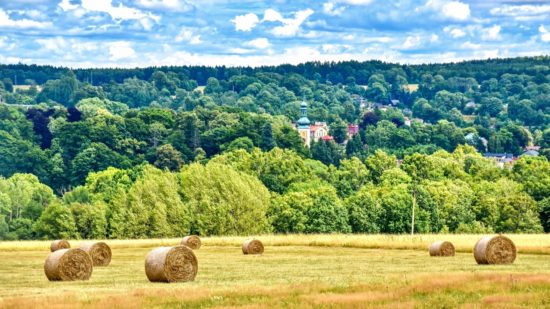The Czech Switzerland (Bohemian Switzerland) National Park (was declared in 2000, the main object of protection are the unique sandstone formations and the biotope linked to them. Massive rock towers, gates, walls, gorges, cities and mazes were formed by the erosion of Cretaceous marine sediments that were brought to the surface during the Quaternary period as a result of Alpine folding. The most famous rock formation is Pravčická brána (Pravcicka gate).
Bohemian Switzerland is located in the Děčín district between the villages of Hřensko, Chřibská and the village of Brtníky. It occupies an area near the state border with Germany, which separates it from the Saxon Switzerland National Park. The area of the park is 79.23 km².
The area belongs to the geomorphological unit of the Děčín Upland, which is part of the Krušnohorská Hornatina. There is only one village in the park, namely Mezná belonging to the Hřensko municipality, as well as the ruins of a water mill and several rock castles (e.g. Falkenštejn, Šaunštejn, Brtnický hradek, …). Forests cover 97% of the territory. The originally dominant forest beech was displaced by the heavily predominating Norway spruce today. Once a well-known plant of the park was the Kentish hydrangea, but it is no longer found in the park, as are many animals such as European moose or wildcat. Dozens of bird species nest in Bohemian Switzerland, including the black stork or the peregrine falcon, whose local population is the largest in Central Europe.
Official website of the Czech Switzerland National Park Administration: www.npcs.cz



